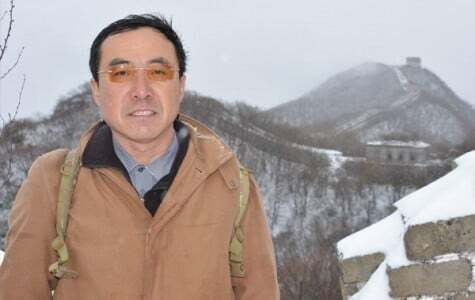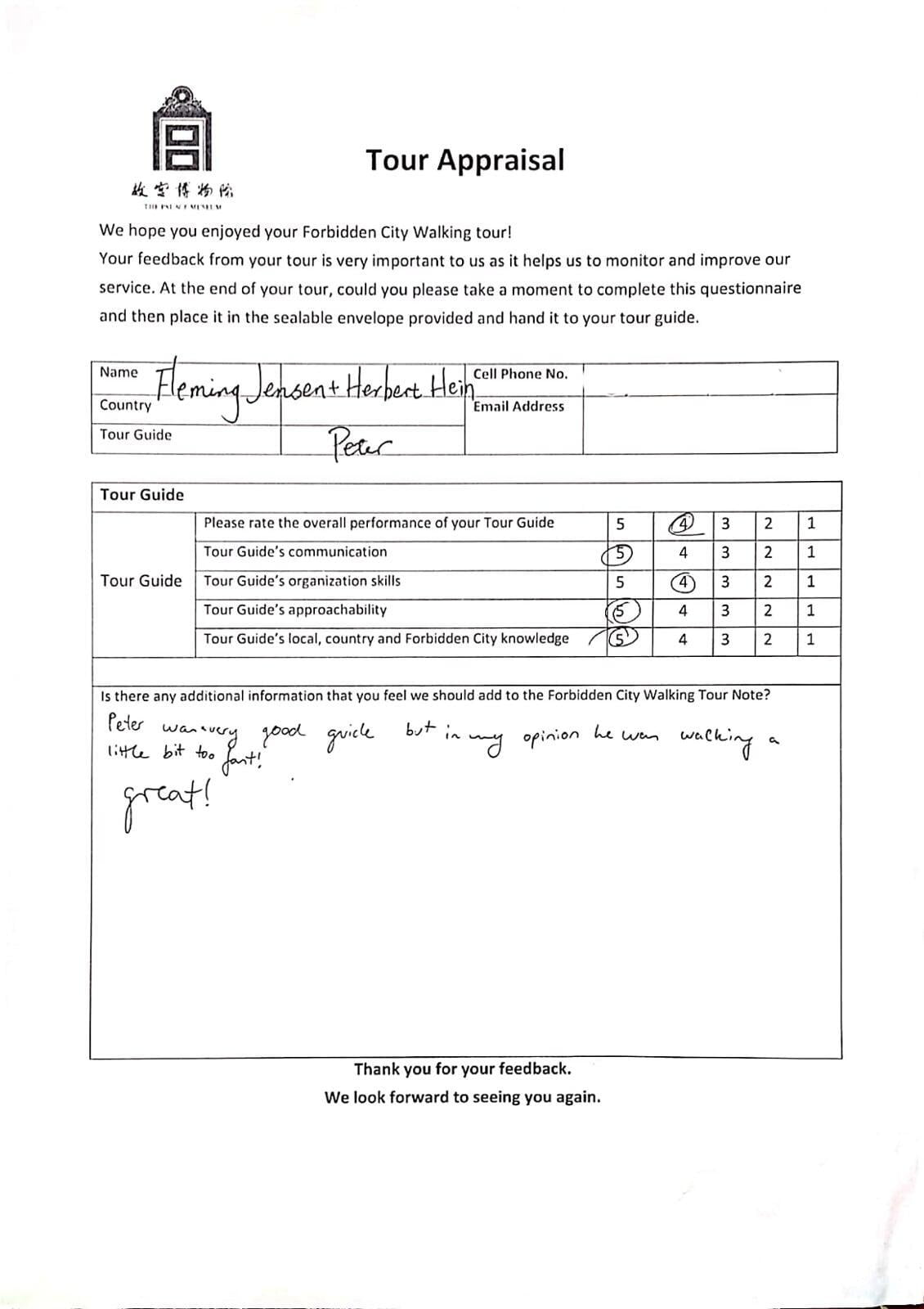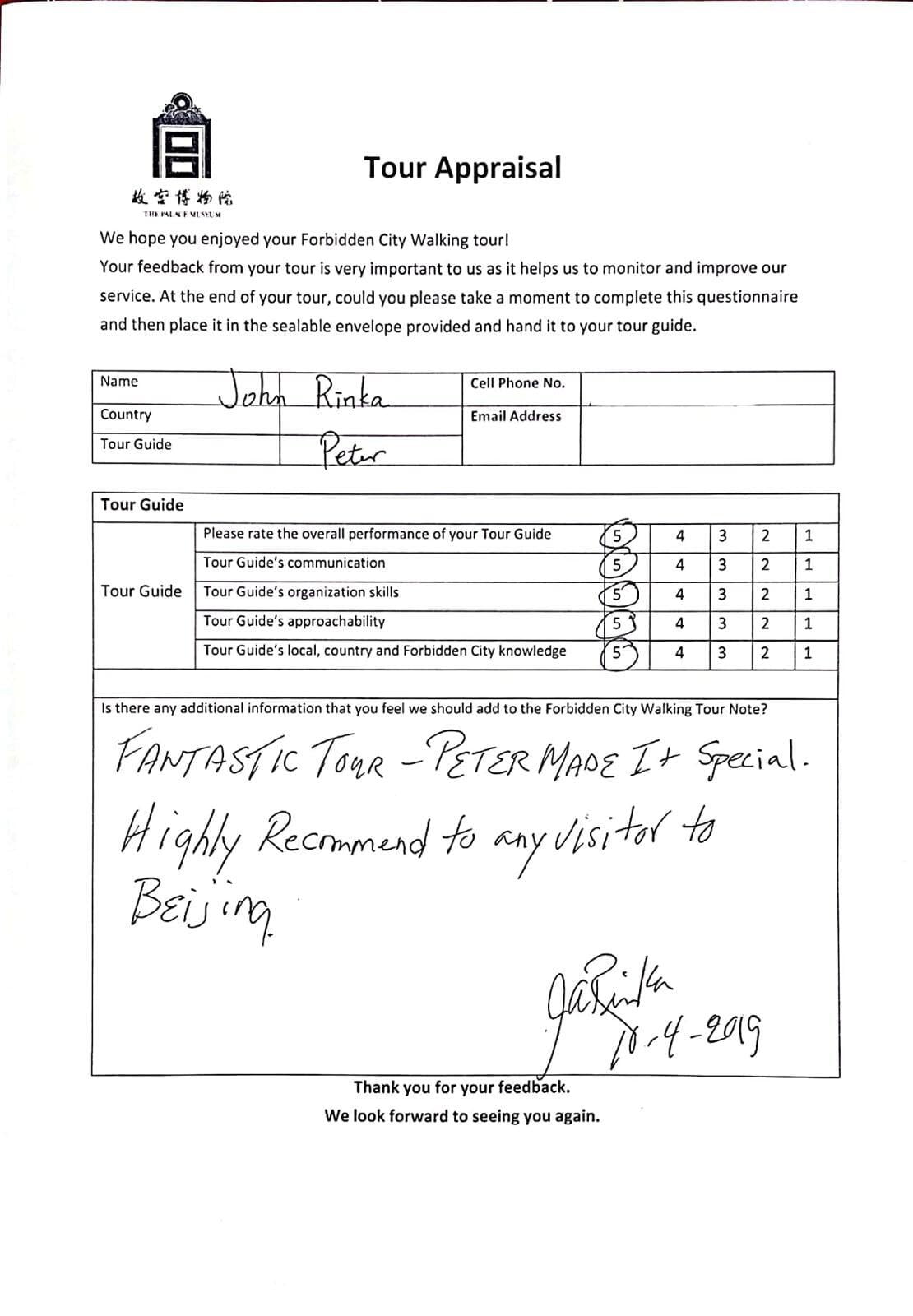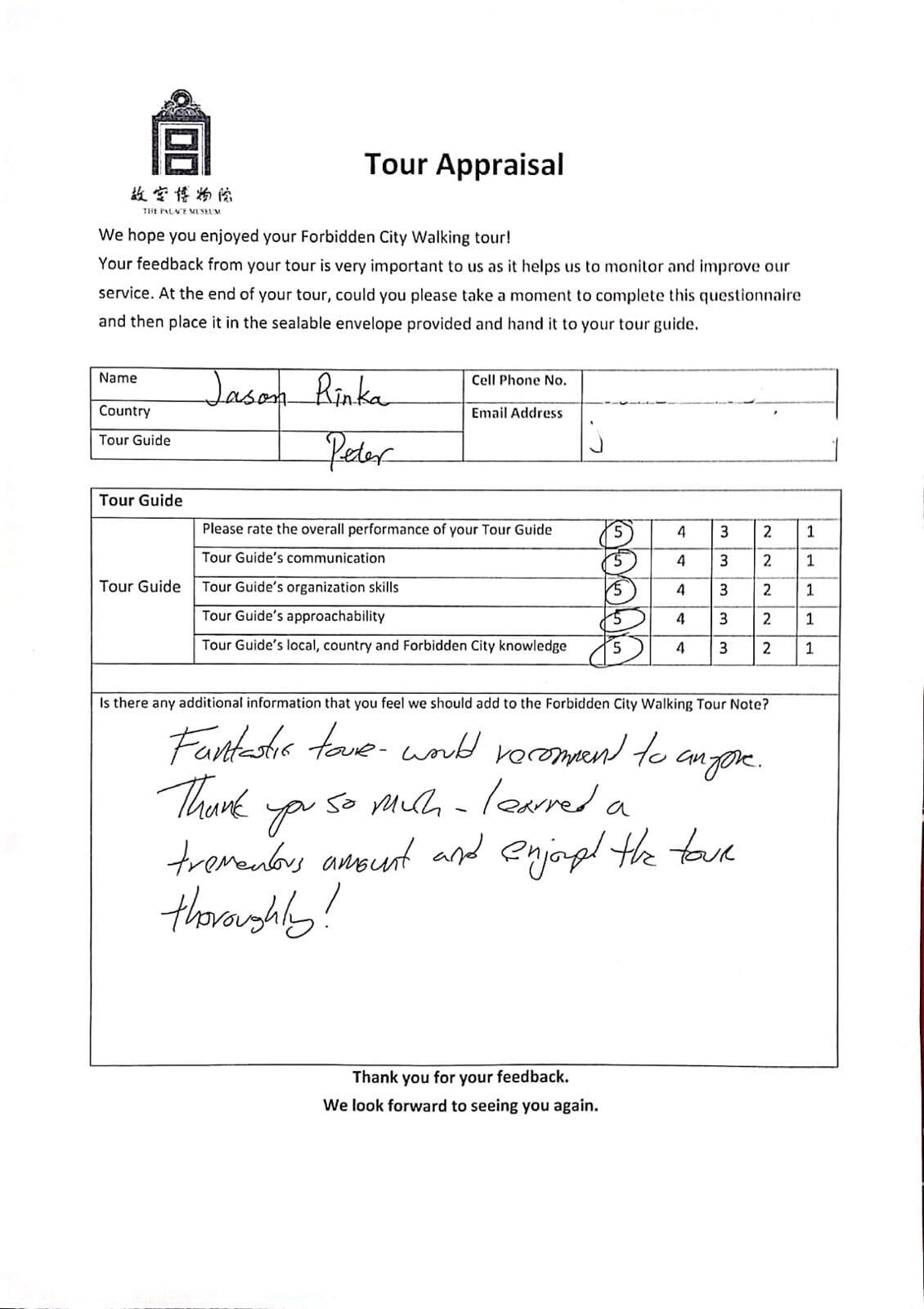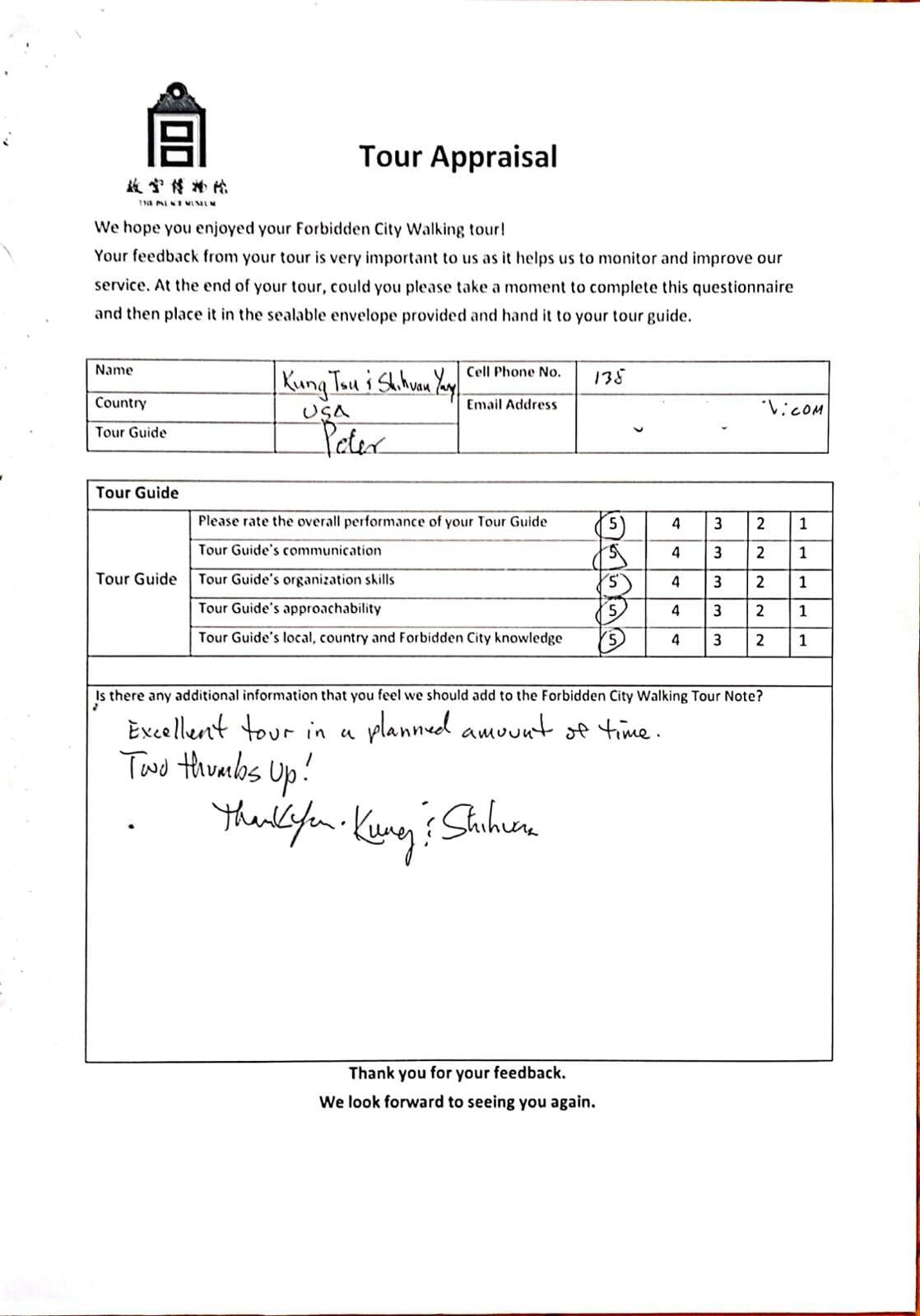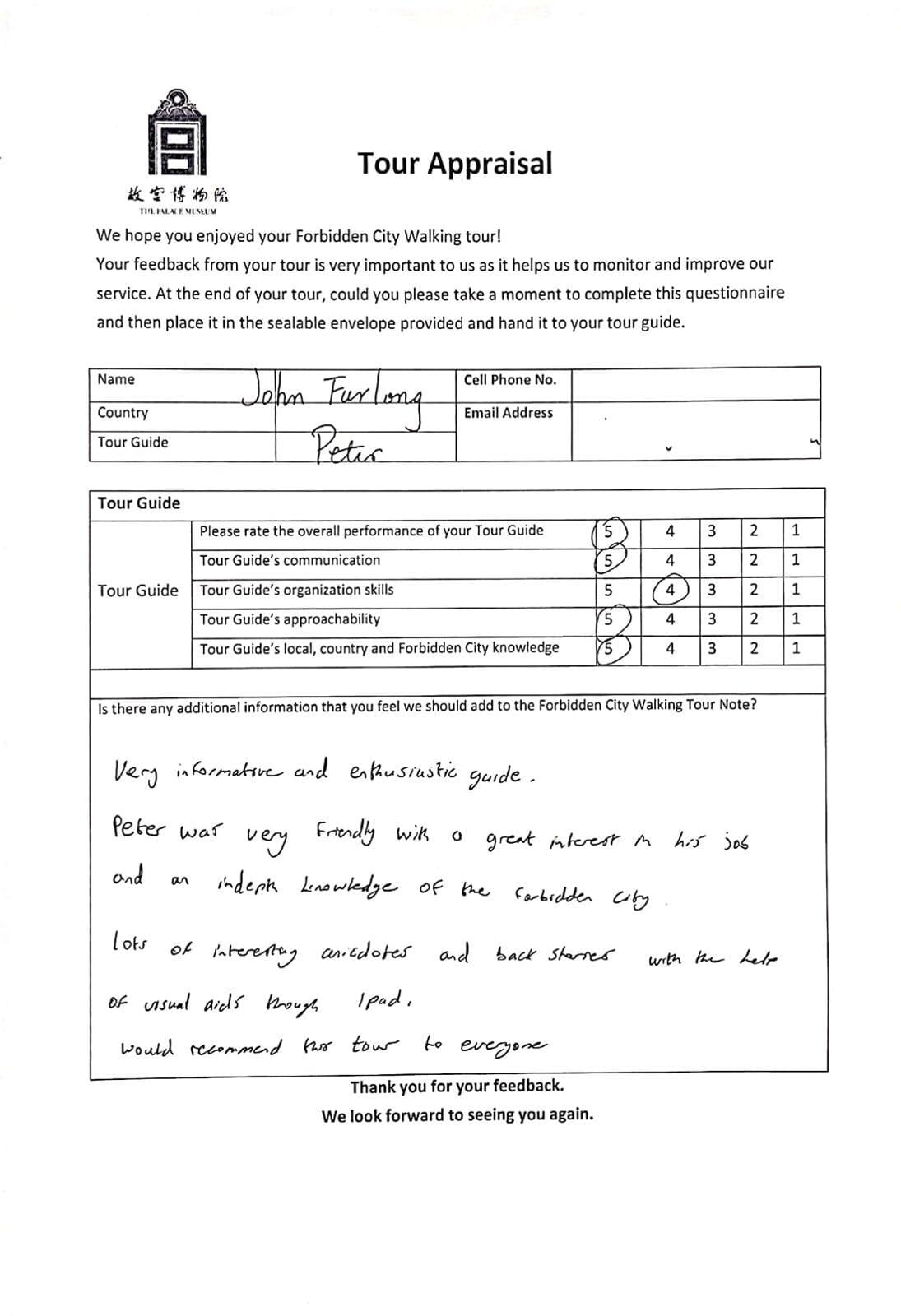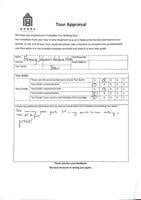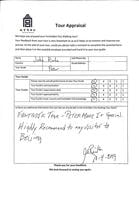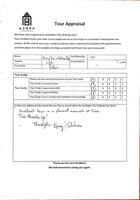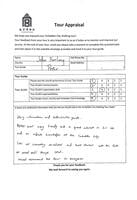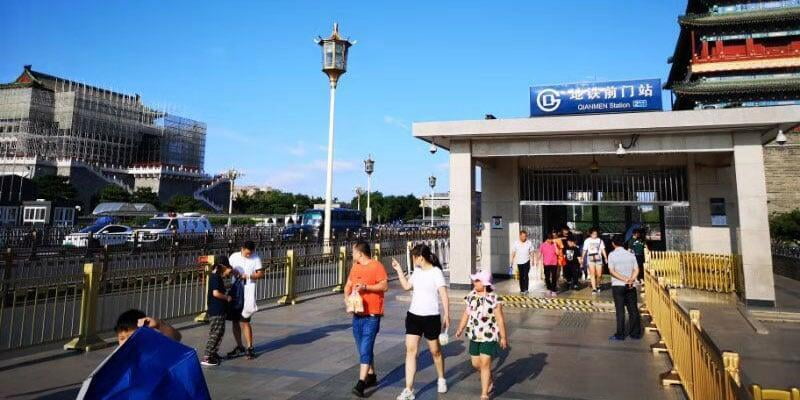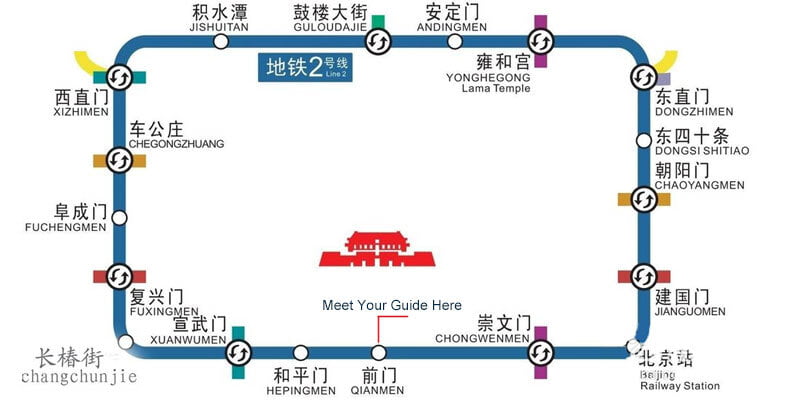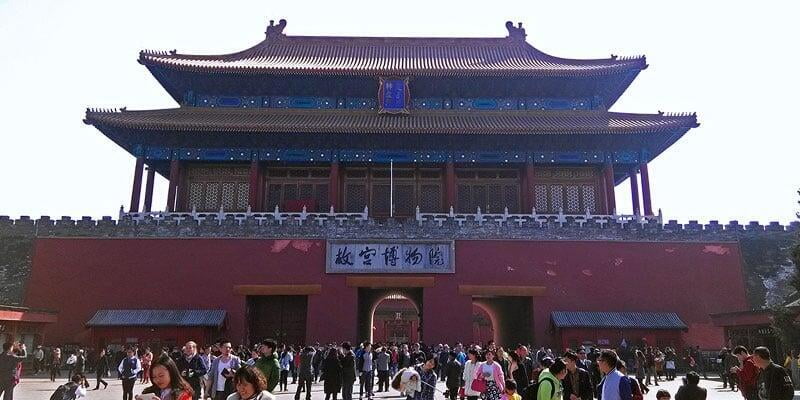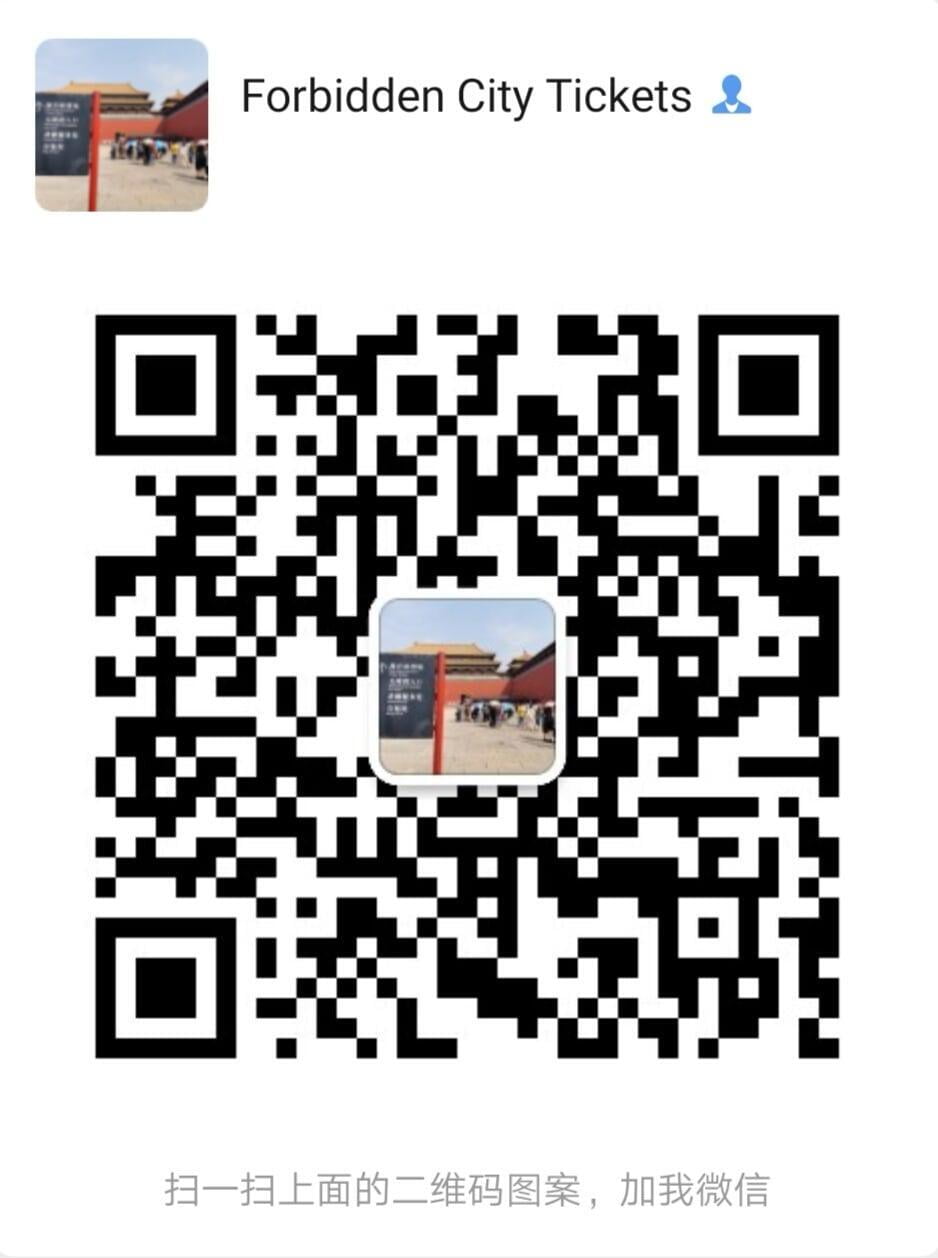Walk to the entrance of the Forbidden City and start your visit to the Forbidden City. Your expert guide will show you around the Forbidden City and tell you a lot of interesting stories, revealing the true Chinese imperial life and history. With more than 600 years of history, 24 emperors from the Ming and Qing dynasties lived in the Forbidden City. It is the largest imperial palace in the world and is listed as a World Cultural Heritage site by UNESCO; it is now open to the public as the Palace Museum.
At the Meridian Gate, you’ll hear a brief introduction about the Meridian Gate, which is famous as a place to penalize offending officials in the Qing Dynasty.

The Meridian Gate
Turn right and enter the Hall of Literary Glory, which functions as the exhibition hall for porcelain at present.

The porcelain exhibition in the Hall of Literary Glory
Back to the Central Axis Way, you will see a grand square in front of the Hall of Supreme Harmony. Your guide’s presentation will answer your questions, like: Where is the throne of the Chinese emperors? How did the emperor have an audience with high-ranking officials? What is the significance of the sundial, bronze turtle statue, stork statue, huge copper vat, etc.

The Hall of Supreme Harmony
Visit the Hall of Complete Harmony and Hall of Preserving Harmony, which respectively functioned as the place for the emperor to change his costume before grand ceremonies and the venue for the annual imperial exams.
Walk along the white marble balustrate and descend from the main palaces. On the way you will see a high stone slab with a dragon and cloud design. It weighs about 200 tons. Our presenter will enlighten you as to how they were transferred into the Forbidden City.
Walk to the eastern side of the Forbidden City to see the Clock Exhibition Hall and famous Nine Dragon Screen.

The Clock Exhibition Hall
Walk along the red palace wall to the Palace of Prolonging Happiness to view remains of the most ingenious building in the Forbidden City — the Crystal Palace.
Cross the Central Axis Way to view the Hall of Heavenly Purity and the Hall of Earthly Tranquility, which used to be respectively the audience hall for high ranking officials and the venue for emperors’ wedding ceremonies.
Leaving the Inner Palace Courtyard, stroll along the side of the Western Chamber. Your next stop is the Hall of Mental Cultivation, where you can see the screen that was between the throne of “the Little Emperor” and his mother — “the Dragon Lady”. It is where the renowned historical events known as “Power Behind the Screen” took place. Of course your guide will be giving elucidation, showing pictures and bringing back to clarity the life of those historical figures for you.
Visit the Palace of Eternal Spring, once the residence of the most influential political figure in late Qing Dynasty — the Dragon Lady, Empress Dowager Cixi. Though many experts criticized her about utilizing Chinese navy funding for building her own garden, which caused defeat in the war with Japan in 1898, she is also credited in the history of China as the benefactor of the first railway, first telegraph, first coalmine, and even first stock share.
Lastly you will be shown to the imperial garden and view the artificial rockery, surrounded by peonies and trees in beautiful shapes. Some of them looks like animals of the Chinese zodiac. The last palace you will see is called ‘Feast Pavilion’. In the Qing Dynasty the annual selection of the emperor’s concubines happened there, and their story and that of the eunuchs will be presented.
Finally you will come to Spiritual Valor Gate (神武门) which is the north gate of the Forbidden City.

The Spiritual Valor Gate
